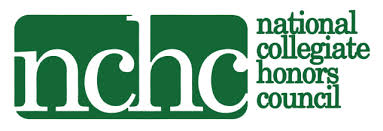Atomic Bomb Cultures
Instructor(s): Myrriah Gómez
Course Description
The atomic bomb exploded into popular culture soon after the U.S. decimated Hiroshima and Nagasaki with Little Boy and Fat Man. During the Cold War, global citizens were terrified of a nuclear holocaust, but those fears slowly deescalated as the atomic bomb began to symbolize more than death and destruction. The mushroom cloud began popping up everywhere as a “cool” symbol, and people detached the symbol from its meaning. As fictional representations of the atomic bomb became popular, communities of color commonly became the subject of these fictional accounts. In this course we will interpret, analyze, and evaluate cultural production that evolved alongside the atomic bomb paying close attention to how Chicana/o, Native American, African American, and Pacific Islander peoples are represented in such works. Students will improve their reading, writing, and research skills by evaluating the nuclear age in a humanities framework. Not only will we examine literary, visual, and performance pieces, but also we will study government documents and declassified government materials.
Texts
Anaya, Rudolfo. Jemez Spring (ISBN: 978-0826336842)
Hayashi, From Trinity to Trinity (ISBN: 978-1581771176)
Vizenor, Gerald. Hiroshima Bugi: Atomu 57 (ISBN: 978-0803246737)
Requirements
Attendance and Participation; Daily Reading Assignments; Group-Facilitated Class Discussion; Museum of Nuclear Science & History Assignment; Short Writing Assignments; Trinity Site Assignment; and Final Project
About the Instructor(s): Myrriah Gómez
Myrriah Gómez has a PhD in Literature with an emphasis in Latina/o Studies. Her book Nuclear Nuevo Mexico: Colonialism and the Effects of the Nuclear Industrial Complex on Nuevomexicanos is part of her research and teaching related to the interdisciplinary field of Chicanx Studies.



Social Media
For news, information, prizes and more fun stuff follow us on our social media!
Honors College Resources